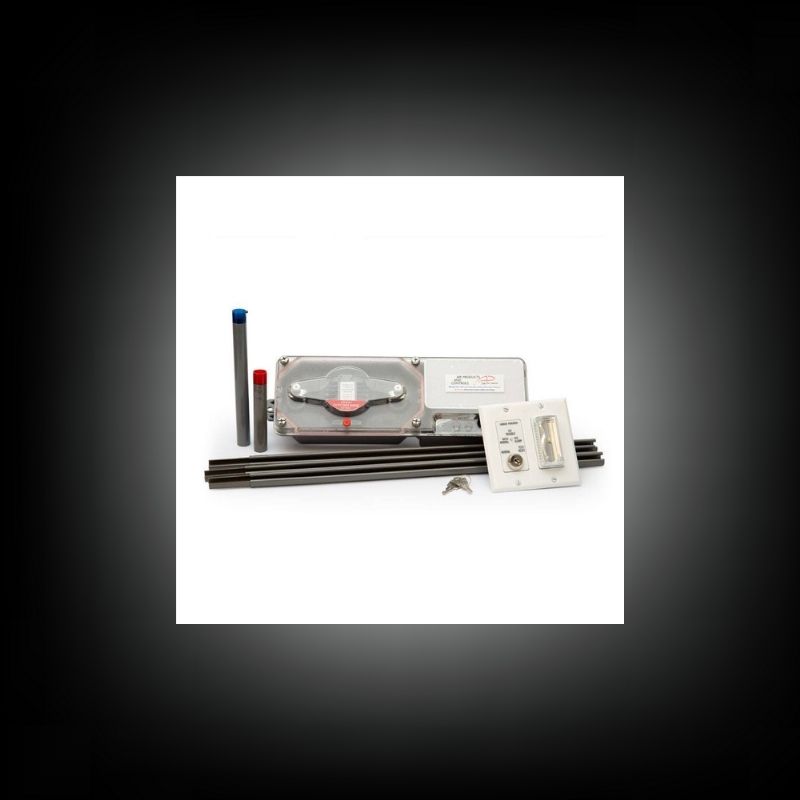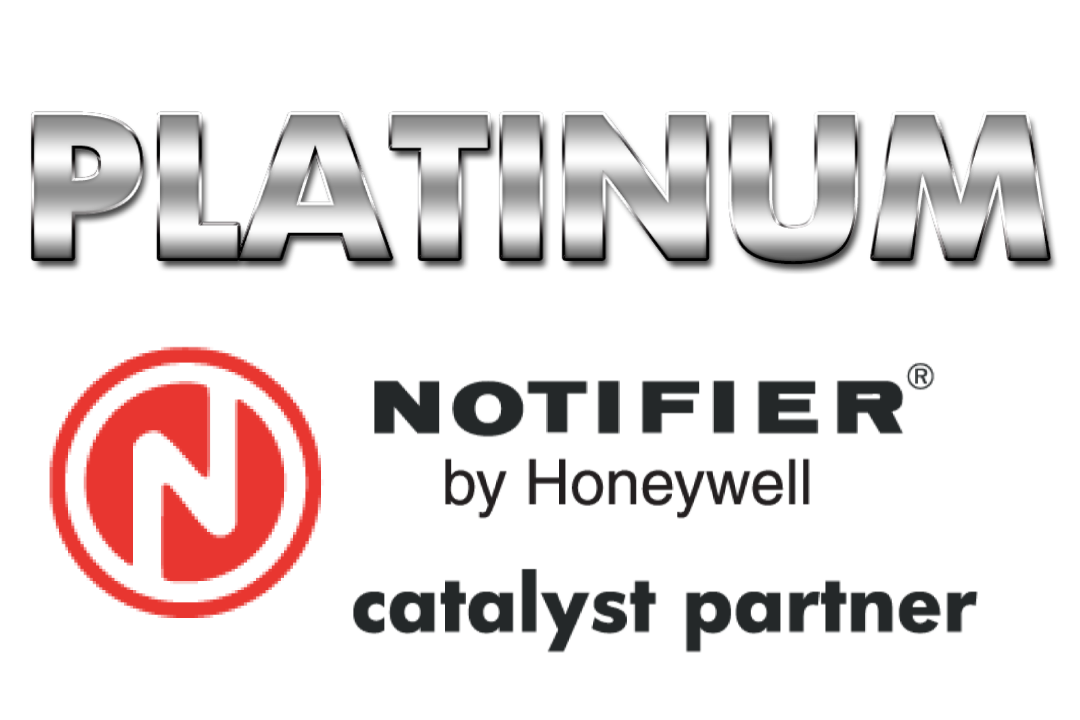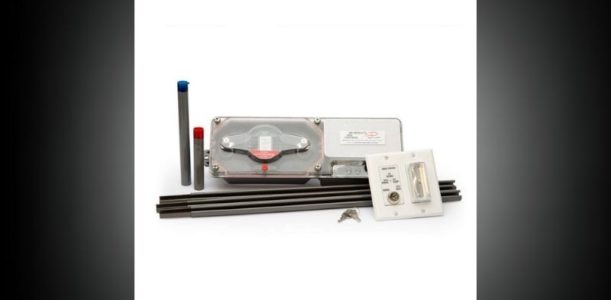
During a fire, the ducts of an HVAC system can serve as a literal superhighway for smoke, carbon monoxide, and carbon dioxide throughout a commercial building. In addition, the airflow from an HVAC system feeds a fire oxygen, supercharging the process. It is essential and may be required by commercial fire alarm code regulations to have a functioning duct smoke detector in your building.
How do Duct Smoke Detectors Work?
Duct smoke detectors test air currents to determine if fumes or smoke are present in air handling equipment. The detection system will stop blowers and fans, close dampers, and trigger a visible and loud signal at the fire control panel if anything is detected. Code requirements may vary based on the governing code in your jurisdiction, however, duct smoke detectors are most common in buildings with 5-ton plus HVAC units, if 2,000 cfm (cubic feet per minute) or more are processed through the supply side of air handling units, or if the return side exceeds 15,000 cfm and serves more than one building floor.
A duct smoke detector is a perforated pipe affixed to a smoke detector. The pipe extends into the duct and is placed so that duct airflow passes through it. The pipe then pushes the air it gathers into the smoke detector. A return pipe moves the air back into the duct.
Duct smoke detectors are connected to a circuit board. The detector notifies the circuit board when the airflow sampling process identifies smoke. The board then sends a signal to activate the fire alarm, which shuts down the HVAC fan, and damper closure begins.
Maintenance is Very Important for Duct Smoke Detectors
NFPA 72 states that duct smoke detectors must be visually inspected twice per year. These inspections should be performed by qualified staff or a trained fire safety professional. It should ensure the following:
- The Circuit board has no apparent signs of damage
- Remote annunciators are working properly
- Airflow through the duct near the detector is not affected by any holes or cuts
- Trouble signals on the control unit are clear
- Sampling system fittings and piping are airtight
- The sampling pipe is marked in a visible spot, and samples are clear of debris
- Filters are clean
- The detector is securely mounted to the duct and shows no damage
Like all commercial fire alarm systems, duct smoke detectors must have an annual inspection and testing performed by a qualified fire safety professional. NFPA 72 requires the following steps for duct smoke detectors:
- A test to make sure smoke can enter the sensing compartment of the detector
- A test to verify that the pressure differential between the sampling pipes is within the manufacturer’s specified range
- Sampling pipe testing to ensure that the duct airflow follows the manufacturer’s recommendation
Fire alarm technicians may use compressed air, a vacuum cleaner, or dry nitrogen to remove debris and dust if sensors require cleaning. The proper local authorities should be notified the system will be down when the testing takes place.
Duct Smoke Detectors Important Part of Commercial Fire Alarm Systems
A duct smoke detector is an important part of many commercial fire alarm systems. If the HVAC unit is not working, the duct smoke detector will not detect smoke by design. Duct smoke detectors should be considered another component of a comprehensive fire and life safety system. A commercial building still requires area smoke detectors to meet local, state, and federal fire safety regulations.
Duct smoke detectors are an excellent investment in protecting your people and property and provide added protection in a building where regular smoke detectors either may malfunction or were not maintained properly.
HRSS/SMG provides high-quality commercial fire alarm system equipment from the leading manufacturers in fire safety. We offer advanced fire alarm systems that monitor safety conditions throughout a building or complex with quality fire alarm equipment, including detectors, initiators, visual and audible alerts, and remote features with full integration. Contact us to learn more about when and where duct smoke detectors are required in your commercial fire alarm system.



